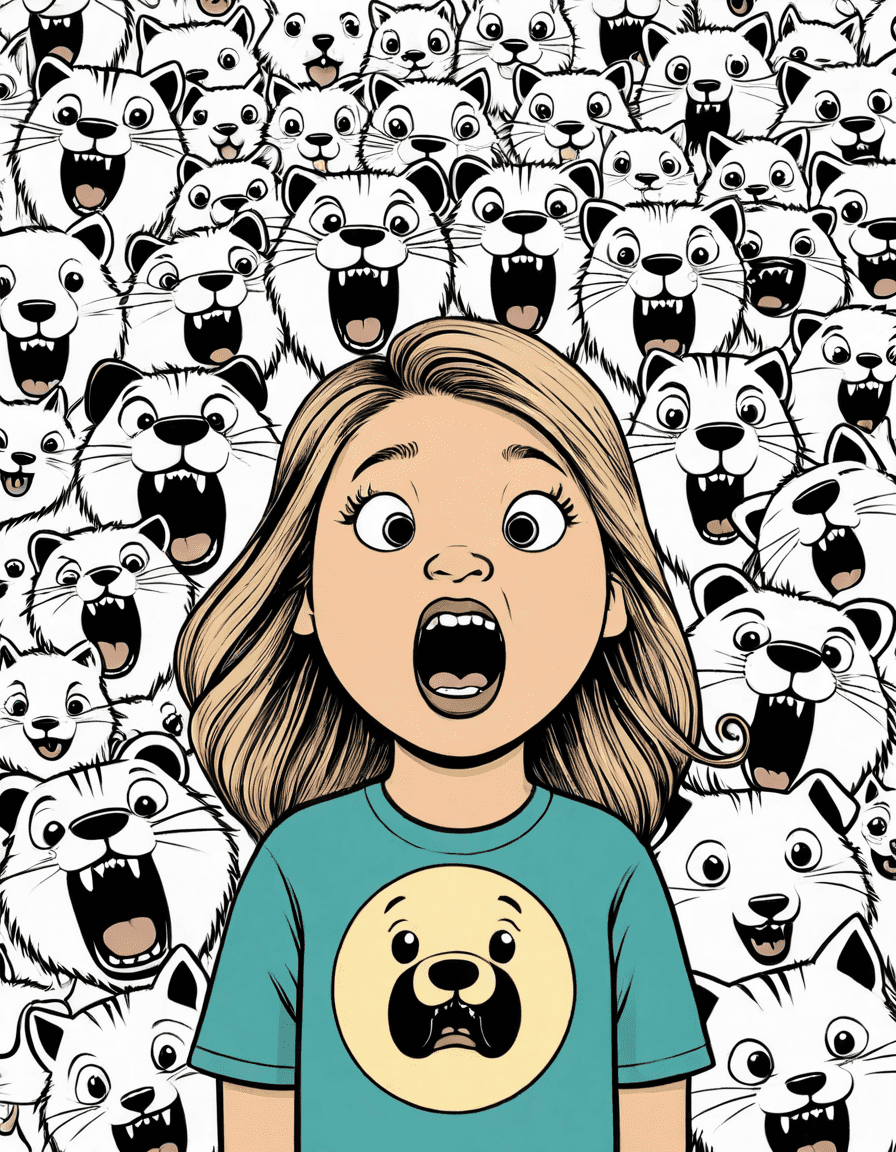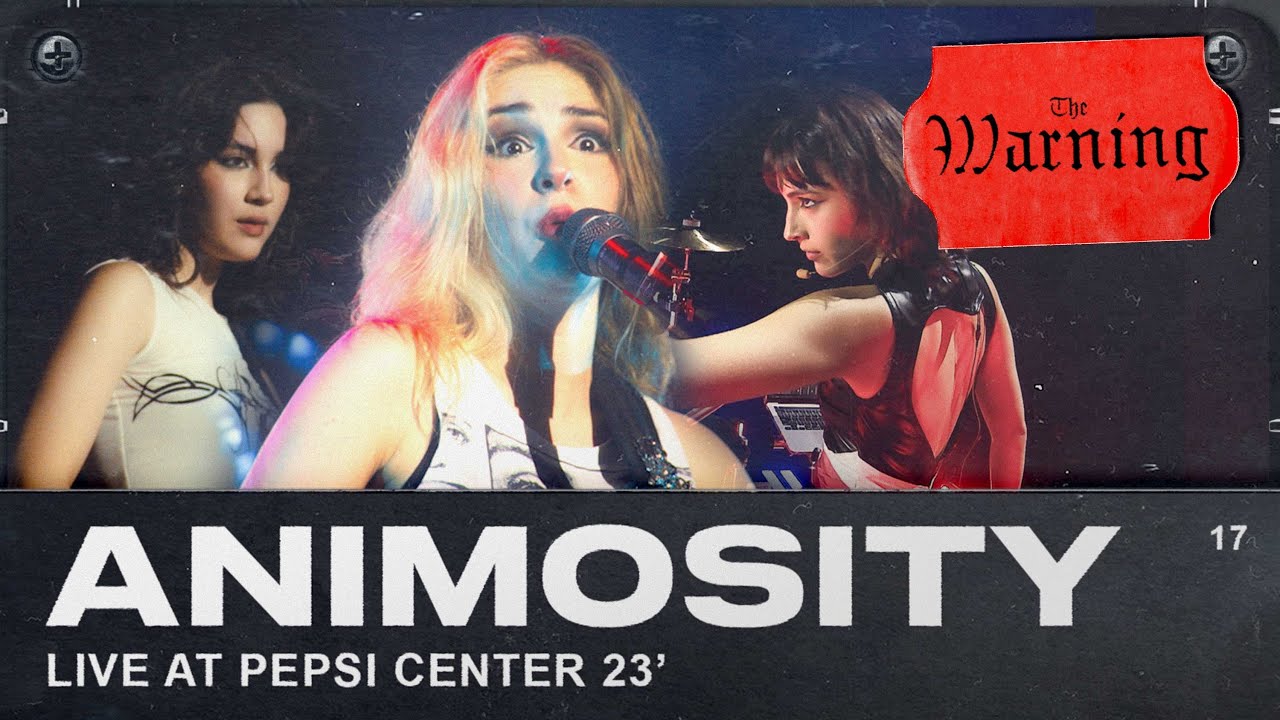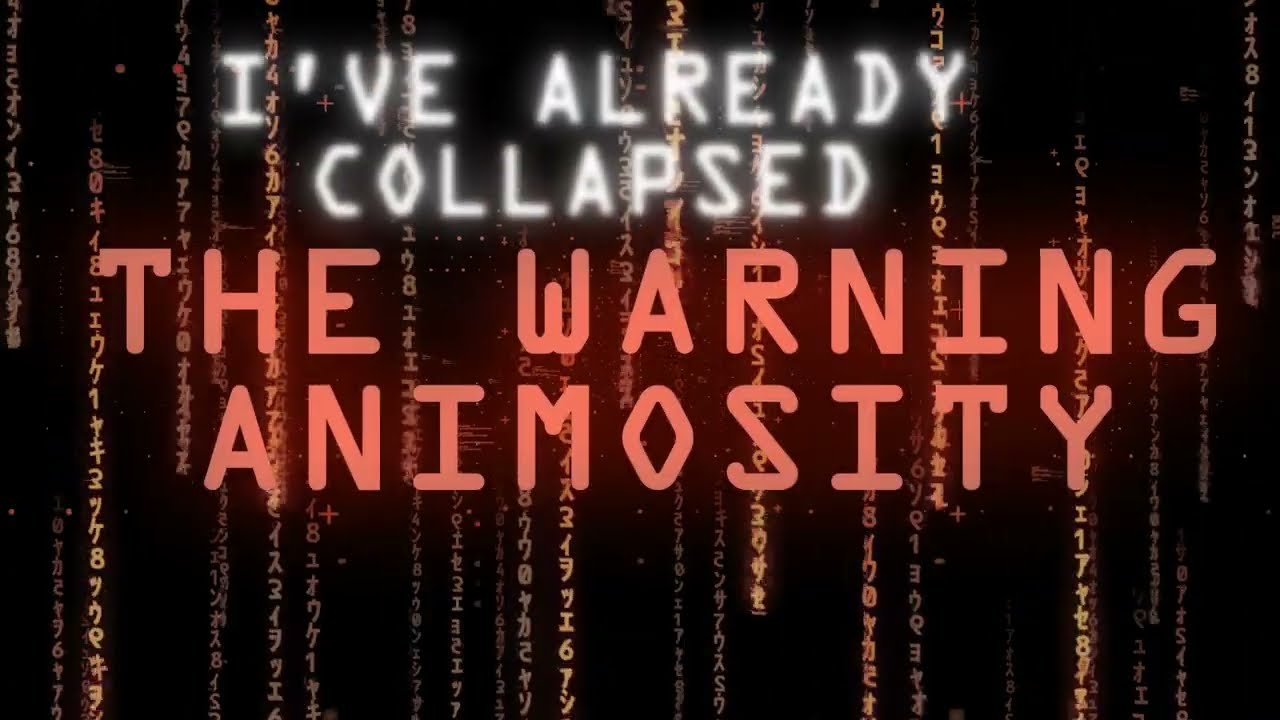Animosity isn’t just a buzzword; it’s a powerful force that shapes our lives, cultures, and even our favorite films. Its implications can be seen everywhere—from the movies we love to the people we interact with daily. This article dives deep into the roots of animosity, with special attention on how it intertwines with pride and prejudice, and reveals its modern manifestations. So grab your popcorn, and let’s unearth the cinematic drama unfolding in real life!
The Evolution of Animosity: Historical Perspectives of Pride and Prejudice
Animosity has a rich history that goes way back—think ancient rivalries, family feuds, and sibling squabbles! One classic example is the infamous feud between the Hatfields and McCoys. Their bitter rivalry, steeped in pride and prejudice, transformed them into the quintessential American archetype of vendetta. Just like in Hollywood flicks, history teaches us that deep-rooted animosity can influence entire communities and their relations.
Fast forward to today, and you can see similar pride-inspired rivalries, such as that between Pepsi and Coca-Cola. These brands evoke not just consumer mechanics but a sense of community. Many people feel connected to their favorite soda, often leading to heated debates during game nights or family gatherings. Talk about a stark contradiction to that friendly neighborly vibe!
Understanding how animosity manifests can help us track it into popular culture. Remember those fiery episodes in Dragon Ball Z? Characters often unleash their animosity in epic battles, largely fueled by pride and the need to prove superiority. This kind of storytelling doesn’t just entertain; it reflects our real-world conflicts wrapped in a colorful, action-packed bow.
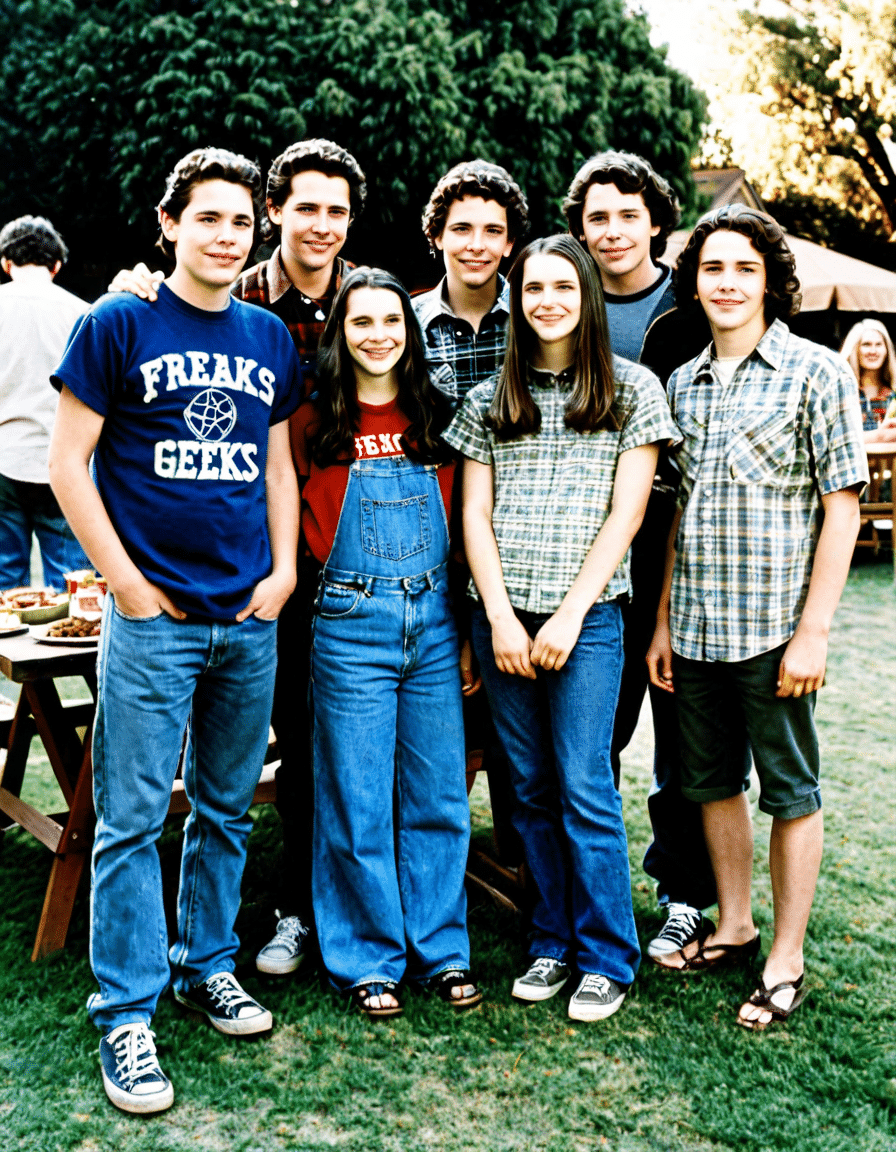
Top 5 Modern Manifestations of Animosity Influenced by Pride and Prejudice
To really grasp the animosity of modern times, let’s look at five glaring examples that highlight societal pride and prejudice.
1. Political Polarization: The Biden-Trump Divide
The division in the political landscape of the U.S. today is one of the most apparent forms of animosity. Supporters of Joe Biden and Donald Trump often clash, not just in debates but also in social circles. This hostility is more than just a bump in conversations—friends and families have been torn apart due to their differing political views. Can you imagine skipping Thanksgiving dinner over who you support?
2. Cancel Culture and Public Backlash
Cancel culture has taken hold of our collective consciousness like a runaway train. People faced backlash for offensive comments or actions—just check out the situation surrounding J.K. Rowling and her remarks about transgender issues. Social media acts as both judge and jury, amplifying animosity that leads to real-world consequences for those embroiled in controversy. If you’re scrolling through Reddit or Twitter, you can see how fast opinions can spiral into full-blown outrage.
3. Corporate Rivalries: Nike vs. Adidas
The battle between sportswear giants Nike and Adidas is proof that animosity isn’t just for people; brands are getting in on the action too! Their rivalry has given birth to some iconic marketing campaigns. Remember the commercials featuring famous athletes, like Cristiano Ronaldo and Serena Williams? Both companies leverage this animosity to fuel innovation as they vie for consumer loyalty. It’s a high-stakes game that plays out every time we lace up our sneakers and step out.
4. Cultural Conflicts: The Case of the LGBTQ+ Community
Animosity often rears its head against marginalized communities, with the LGBTQ+ community facing significant challenges worldwide. In countries like Hungary and Poland, anti-LGBTQ+ legislation demonstrates how systemic prejudice can lend itself to hostile environments. Here, pride isn’t merely about national identity; it’s about human rights, and the fight against this animosity is deeply personal for many.
5. Racial Tensions: The Black Lives Matter Movement
Animosity tied to racial prejudice has taken a front-row seat in recent years. The Black Lives Matter movement highlights this struggle against systemic racism. Following the tragic death of George Floyd, protests erupted across the globe, showcasing how pride in justice can lead to an explosion of animosity aimed at institutional practices viewed as unjust. The fight for equality is about more than just social issues; it’s about dignity and respect.
The Psychological Underpinnings of Animosity in Society
Digging deeper, we find that animosity is often rooted in fear and insecurity. Take, for example, the bystander effect, where individuals feel less inclined to take action in group settings. When people strongly identify with a specific group, their pride can morph into prejudice, creating a cycle of animosity. This psychological dynamic plays out in many aspects of our lives, from office politics to online trolling.
Beyond individual behaviors, the lens of psychology gives insights into societal trends. As groupthink takes hold, dissenting voices often get stifled—not unlike scenes from the latest season of Only Murders in the Building. Understanding these mechanisms can guide us toward empathy and compassion, rather than lingering in a space of animosity.
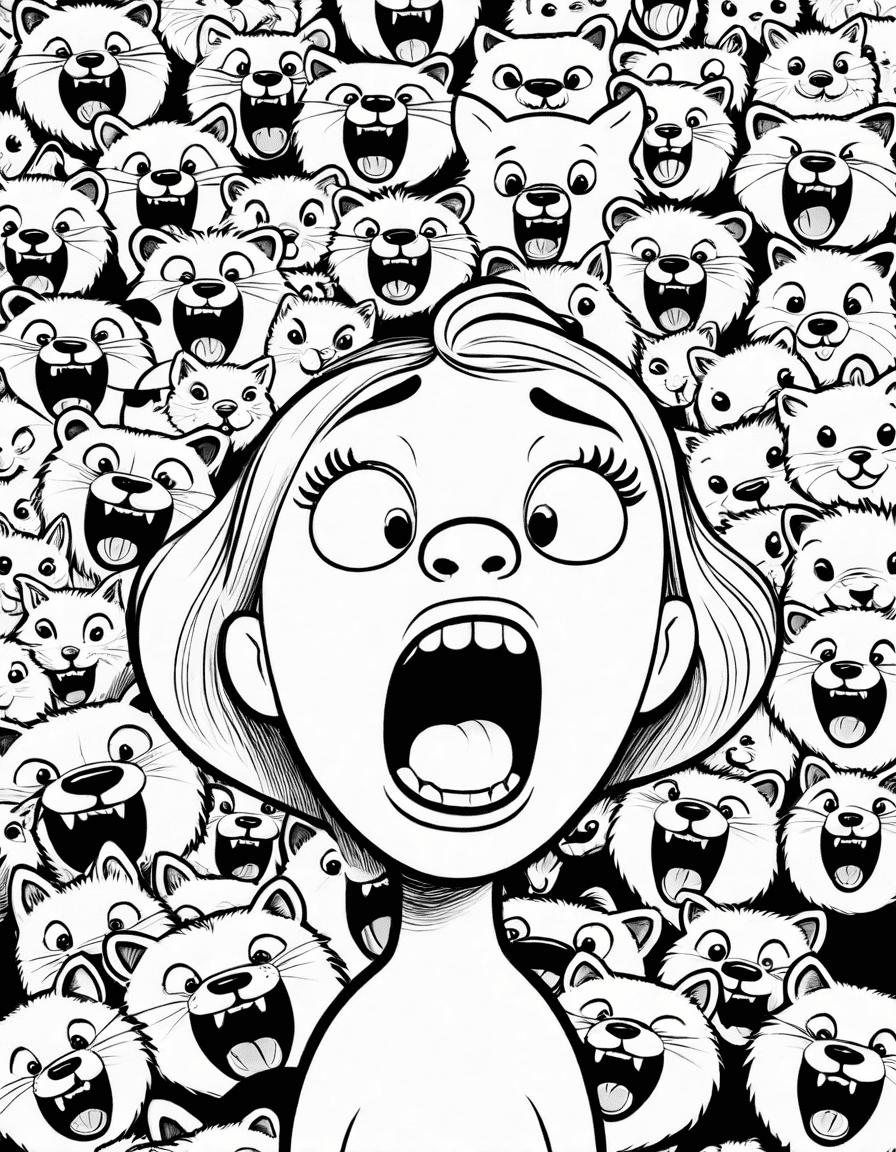
Economic Impact of Animosity: Case Study of Corporate Wars
The animosity seen in corporate battles like that between Apple and Samsung illustrates how competition can spur market innovation. This ongoing rivalry has led to groundbreaking advancements in technology, benefiting consumers. The repercussions ripple through job markets and local economies, making it a vital part of our contemporary landscape. You could even think of it like a cinematic showdown—who will emerge victorious this time?
Corporate tensions often lead to affective stocks and rising consumer interest. After all, a little animosity can be the driving force behind stellar products and lower prices—something we can all appreciate, especially if you’ve had your eye on that newest gadget.
Transformative Potential of Animosity: From Division to Dialogue
Animosity, while undeniably negative, can serve as a catalyst for dialogue and change. Addressing long-standing issues opens doors to healing and reconciliation. A prime example of this can be found in post-apartheid South Africa, where confronting the animosity rooted in pride and prejudice led to transformative societal growth. Communities began having difficult conversations, ultimately paving the way for understanding and unity.
We can also draw parallels to pop culture, where adversarial relationships in films, like those in St. Vincent, highlight the potential for growth through conflict. When characters face their animosity, they often emerge more complex and relatable, showing us that even the most prickly situations can lead to meaningful resolutions.
In conclusion, animosity remains a powerful force in our lives, deeply intertwined with pride and prejudice. By examining its causes and implications, we can not only navigate the challenges of today but also transform adversarial relationships into collaborative ones. Whether it’s in the realm of politics, social issues, or even our beloved films, understanding animosity could be the key to unlocking a better future for all.
So next time you pull on that Nike t-shirt or reminisce about the latest drama on Reddit Vanderpump Rules, remember—every pop culture moment reflects the complexity of our human experiences, driven by pride, prejudice, and yes, a whole lot of animosity. Let’s keep the dialogue rolling!
Animosity: Its Roots and Contemporary Ripples
Unearthing Historical Tensions
Animosity, stemming from deep-seated grievances, can be traced back through various cultures and conflicts. For instance, the fierce rivalry between the England national football team and their competitors often showcases how sports can embody historical tensions. These rivalries don’t just stir excitement; they remind us of lingering animosities that spill over into modern interactions. Did you know that in some cultures, such as those reflected in films with dramatic legends akin to characters portrayed by Mandy Patinkin, deep-rooted animosity can shape personal narratives and entire communities?
Portrayals in Art and Entertainment
In the ever-expanding universe of film and TV, animosity often serves as a key plot driver. Take “Only Murders in the Building,” where animosities among neighbors manifest humorously, giving us a peek into how everyday conflicts can escalate into larger, sometimes absurd, confrontations. Similarly, the character dynamics in Kimi reflect on how differences and misunderstandings can escalate into drastic measures, proving that the roots of animosity cut through even the most mundane scenarios. The way animosity is presented can serve as both a mirror and a cautionary tale.
The Influence of Animosity Today
Fast-forwarding to our contemporary world, animosity is not just historical; it’s alive and kicking. Consider the bizarre political caricature Fuhrer Bradley, which exhibits how satire leverages animosity for commentary on societal divides. The push and pull of these relationships echo how we identify and respond to perceived slights in our own lives. Furthermore, purchasing a simple Dragon Ball Z shirt might not seem significant, but for many fans, it breeds a sense of attachment and, ironically, a small-scale animosity towards naysayers. Lastly, films like “St. Vincent” encapsulate how animosity can evolve into unexpected camaraderie, reminding us that understanding our differences might just be the antidote to today’s divisive culture.
Animosity may have ancient roots, but its effects on modern relationships and society are as pronounced as ever, shaping both individual interactions and broader cultural landscapes.
